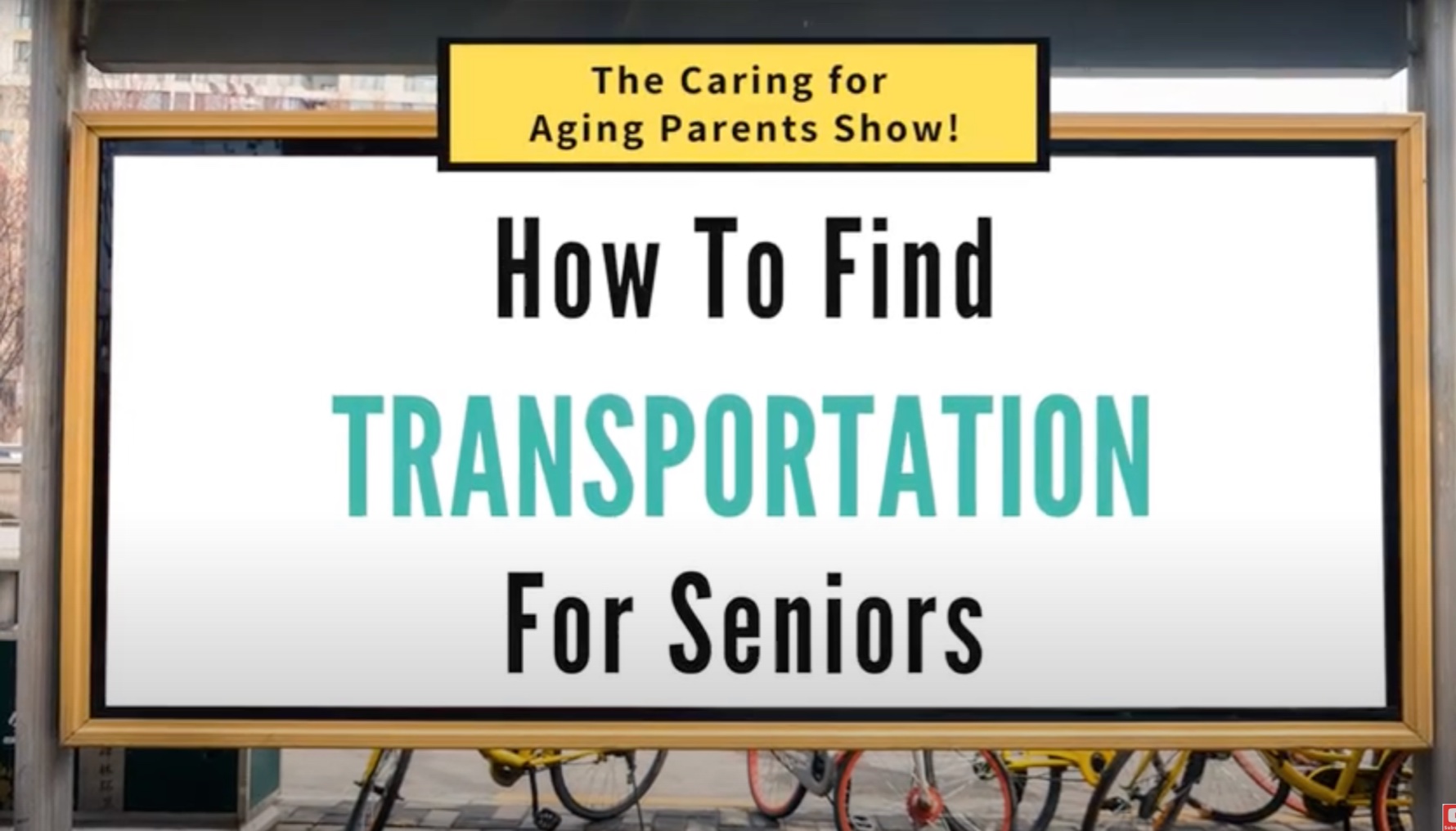This website uses cookies so that we can provide you with the best user experience possible. Cookie information is stored in your browser and performs functions such as recognising you when you return to our website and helping our team to understand which sections of the website you find most interesting and useful.
- Home
- ‹
- Aging in Place
- ‹
- Getting Around
Getting Around
When you get older, you will need to decide if driving yourself around still makes sense and is safe to do. If you decide that driving yourself is not the best option anymore, there are lots of other options to make sure you can still get around when you want to.
When to Stop Driving
It can be very difficult to know when to stop driving for good. No one wants to admit that they are getting too old to drive, and no one wants to lose the independence that driving brings. But it is very important to make an honest and informed choice about your own driving.
If you have decided that you no longer will drive yourself around, you will need to find other ways to get to where you want to go, like going to the doctor, to get groceries, or to see friends for fun. There are lots of options, depending on where you live. The most common alternatives for seniors are public transportation, senior and volunteer ride services, asking friends and family for help, and ride sharing apps, like Uber and Lyft.
-
In 'Old People Driving,' Handing Over the Keys Means the End of the Road
PBS NewsHour
RUNNING TIME: 00:07:10
Get Answers:
There is no set age to stop driving. Driving safely has more to do with your abilities, like understanding traffic signs and signals, your vision and hearing, your memory, and your reaction time. As a result, talking to your doctor is probably the best way to decide if driving is still safe for you. Here’s an article with more great info.
Every state has their own rules for renewing a driver’s license. Most states require a vision test when renewing your license, but do not require a road test. Some states require a doctor’s note and/or in-person renewal of your license after a certain age. Here’s a webpage that describes the laws in every state.
Driving safely has to do with your physical and mental abilities, like understanding traffic signs and signals, your vision and hearing, your memory, and your reaction time. As a result, talking to your doctor is probably the best way to decide if driving is still safe for you. If you or others notice that you are starting to run traffic lights or stop signs, forgetting where you are going or how to get back home, or getting into fender benders, it is time to seriously think about stopping. Here’s an article with more detail about when to stop and how to keep driving safely.
Yes! Most public transportation (including buses, trains, and metro systems) have special reduced rates for seniors, and many provide additional services for seniors and people with disabilities to help them get to and from their stops. Most public transportation can accommodate wheelchairs, as well.
Some public transportation systems provide additional services to shuttle seniors to and from public transportation stops. Contact your local public transportation service to find out. There are also affordable private paratransit services which are often available to take you to your public transit if your public transit does not offer this option.
Depending on where you live, you probably have a lot of choices. They include, getting rides from friends or family members, paratransit companies, ride-sharing apps, and volunteer transportation programs. Here’s a great run-down of your likely options
Ridesharing apps, like Uber and Lyft, are increasingly popular ways to get around. They work through a mobile app on your phone, and allow you to call someone to your door, usually within just a few minutes. The apps will charge your credit card for the ride, based on the length of the trip, so you do not have to worry about paying the driver. Unlike Taxis, rideshare drivers are just everyday people driving you in their own cars.
If you need a ride to the doctor or to a health clinic or hospital and it is NOT an emergency, most any option for transportation is fine, but paratransit services are possibly your best bet if you don’t have a friend or family member who can drive you. If it is an emergency, then you need to dial 911 and have an ambulance come right away.





